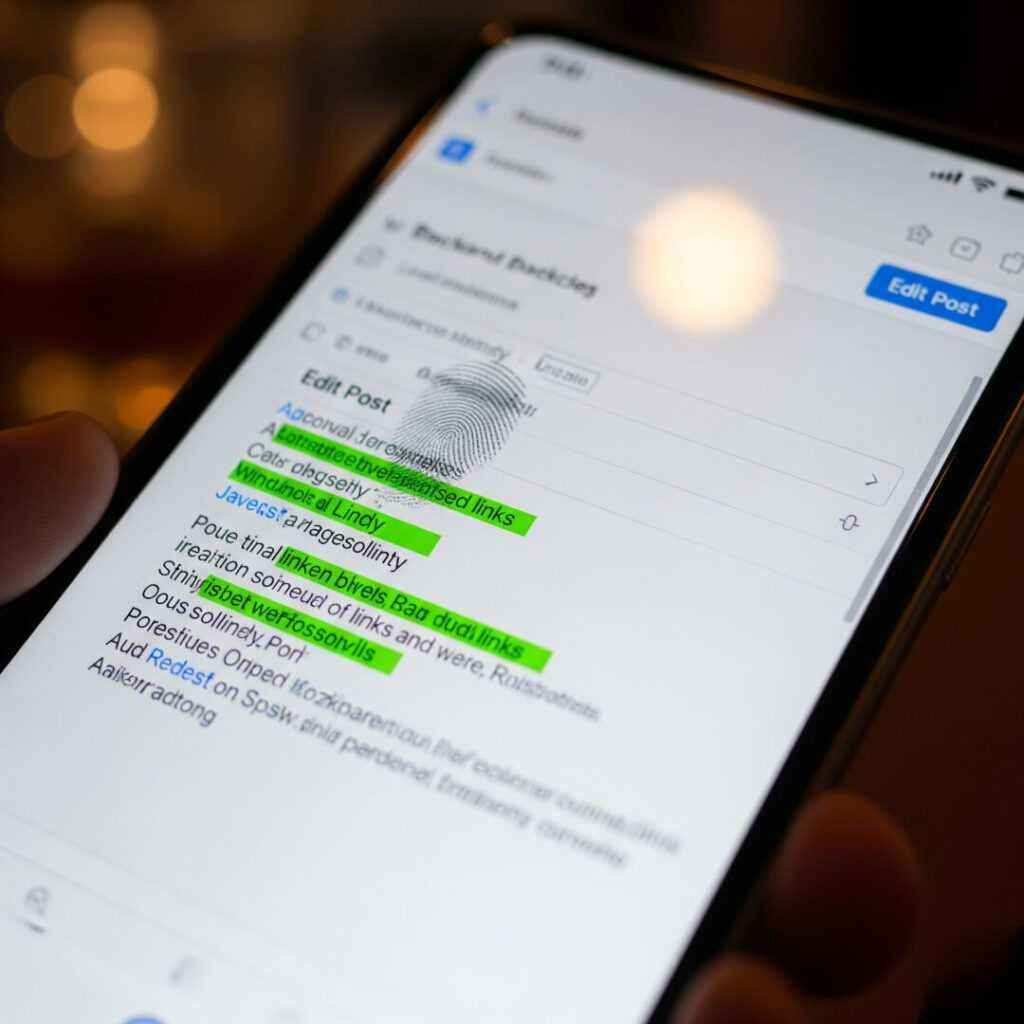Okay, so on-page SEO techniques are like the magic beans of getting your website to pop off on Google. I’m sprawled on my saggy couch in my Chicago apartment, the radiator clanking like it’s trying to start a band, and I’m thinking about how I totally botched SEO when I started. Like, I legit thought stuffing keywords like “best tacos” into every sentence would make me Google’s golden child. Spoiler: it didn’t, and my site was buried deeper than my laundry pile. Here’s my raw, slightly embarrassing take on 10 on-page SEO techniques that actually work, learned through me screwing up a lot. Buckle up, this is gonna be a ride.
Why I’m Obsessed with On-Page SEO Techniques
Picture me at this hipster coffee shop in Logan Square, my laptop wheezing like it’s on its last leg, staring at analytics showing zero visitors. Like, nada. I’d poured my heart into blog posts, but Google was like, “Who even are you?” That’s when I realized on-page SEO techniques are the difference between your site being a digital ghost town or, like, the Navy Pier on a summer weekend. These tweaks make Google notice you, and trust me, I’ve learned this the hard way.
My Big Fat SEO Fail
I gotta confess, I once wrote a post so stuffed with “on-page SEO techniques” it read like a bad spam email. My bounce rate was higher than my electric bill in July. Lesson learned: you gotta use on-page SEO techniques like you’re seasoning a taco—enough to taste it, not choke on it.
1. Title Tags That Slap with On-Page SEO Techniques
Your title tag is like the marquee outside a sketchy bar—it’s gotta pull people in. I used to slap on titles like “SEO Stuff” and wonder why no one clicked. Now, I keep ‘em under 60 characters, start with my keyphrase (on-page SEO techniques, duh), and make ‘em spicy. Check out Moz’s title tag guide for the deets.
- Pro tip: Throw in a word like “skyrocket” to make it pop.
- My oops: I once wrote a title so long it got cut off in search results. Cringe.

2. Meta Descriptions That Make People Click
Meta descriptions are like your Tinder bio—short, punchy, and gotta make someone swipe right. I used to skip these, thinking, “Psh, who cares?” Turns out, everybody. Keep it under 140 characters, sneak in “on-page SEO techniques” early, and sound like a real person. My first meta description was so dull it could’ve been a user manual. Now, I write ‘em like I’m texting my bestie. Yoast’s meta guide is clutch for this.
- Example: “On-page SEO techniques saved my site! My messy hacks for Google glory.”
- My goof: I forgot to write one once, and Google pulled some random gibberish from my page. Yikes.
3. Headers That Make On-Page SEO Techniques Pop
Headers are like the bones of your post. I used to just slap an H1 on my title and call it good. Big mistake. Now, I use one H1 with “on-page SEO techniques” and sprinkle H2s and H3s to make it easy to skim. Like, right now, I’m nursing a lukewarm coffee, my cat glaring at me for no reason, and I’m loving how headers keep my ramblings organized.
My Header Trick for Google Rankings
I sneak my keyphrase or a synonym like “website optimization” into headers. It’s like winking at Google’s crawlers. But don’t overdo it—it sounds like you’re trying too hard, and I’ve been that guy.
4. Keyword Density That Doesn’t Suck
Keyword density for on-page SEO techniques? Aim for 1-2%. I used to count keywords like I was tallying my bar tab after a bad night. Now, I write naturally and check with SEMRush. If it sounds like I’m forcing “on-page SEO techniques” every other sentence, it’s too much. Trust.
5. Internal Links for Website Optimization Wins
Internal links are like giving Google a GPS for your site. I was clueless until I linked an old post about “SEO hacks” to a new one and saw my rankings creep up. Link to your own stuff, like my epic SEO fails. It keeps people on your site, which Google eats up.
- My dumb moment: I linked to a broken page once. Don’t be me.

6. Images That Boost Search Engine Tricks
Images aren’t just for looks—they’re SEO gold. I used to upload massive, unoptimized pics that made my site load slower than me trying to parallel park. Now, I compress ‘em with TinyPNG and add alt text like “on-page SEO techniques at work.” Small tweak, big results.
7. URLs That Screams On-Page Optimization
Your URL should be short, include your keyphrase, and not look like a hot mess. I once had a URL like “/blog/post-456-abc.” What even? Now, I go for “/on-page-seo-techniques-my-take.” Clean URLs make Google and humans happy.
8. Content That’s Actually Worth a Damn
Real talk: Google loves content that keeps people hooked. I used to churn out short, fluffy posts ‘cause I was lazy. Now, I aim for 1,500+ words packed with value, like this one. Share stories, tips, whatever—just keep it real. My traffic spiked when I got honest about my SEO screw-ups.
My Content Flop That Hurt
I wrote a 300-word post once and was shocked when it tanked. Depth matters, yo. Go long, but don’t bore ‘em.
9. Mobile Optimization for Google Rankings
Most of my traffic’s from phones, so mobile-friendly design is a must. I ignored this once, and my bounce rate was uglier than my attempt at cooking tacos. Use responsive design and test with Google’s Mobile-Friendly Test. It’s a game-changer.

10. Schema Markup for Extra Search Engine Tricks
Schema markup is like handing Google a cheat sheet. I was scared of it at first, thinking it was for coders only. But Schema.org makes it easy. I added it to a post, and my click-through rate jumped. Coincidence? Nope.
My Schema Screw-Up
I botched the code once and my site was down for a day. Don’t copy-paste without checking, friends.
Wrapping Up My On-Page SEO Techniques Rant
Alright, I’m no SEO wizard. I’m just a dude in a messy apartment, surrounded by empty LaCroix cans and a cat who judges me. These 10 on-page SEO techniques got me from page 10 to page 1, but I’m still learning. Like, last week I published a post with a typo in the title. Classic me. If you start with these hacks, stay human, and keep tweaking, your Google rankings will climb. Got an SEO trick you swear by? Drop it in the comments—I’m all ears.




